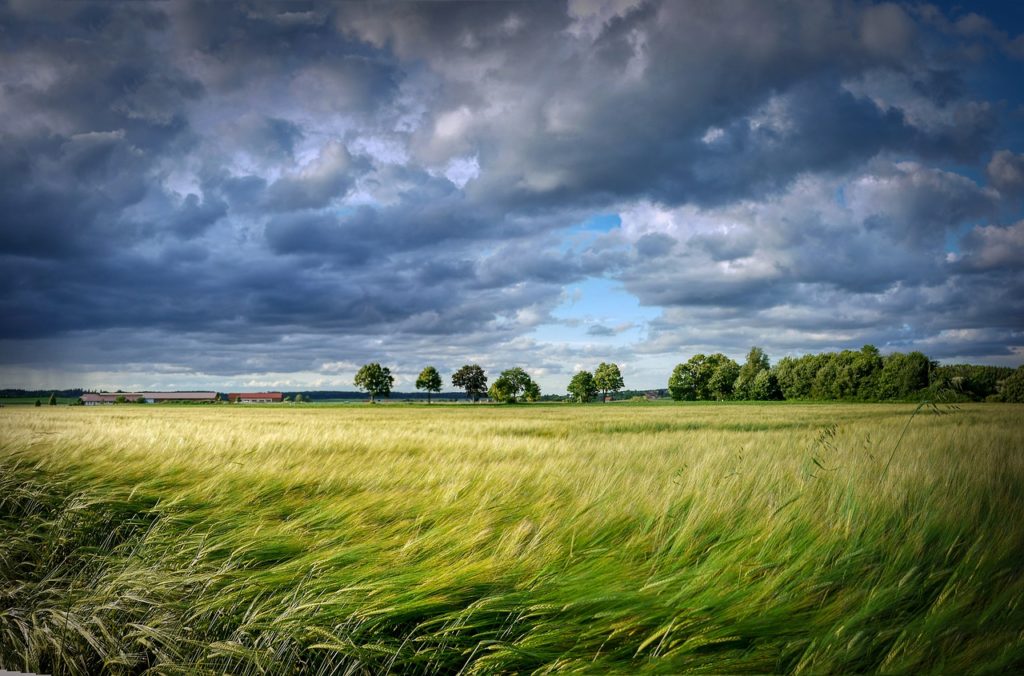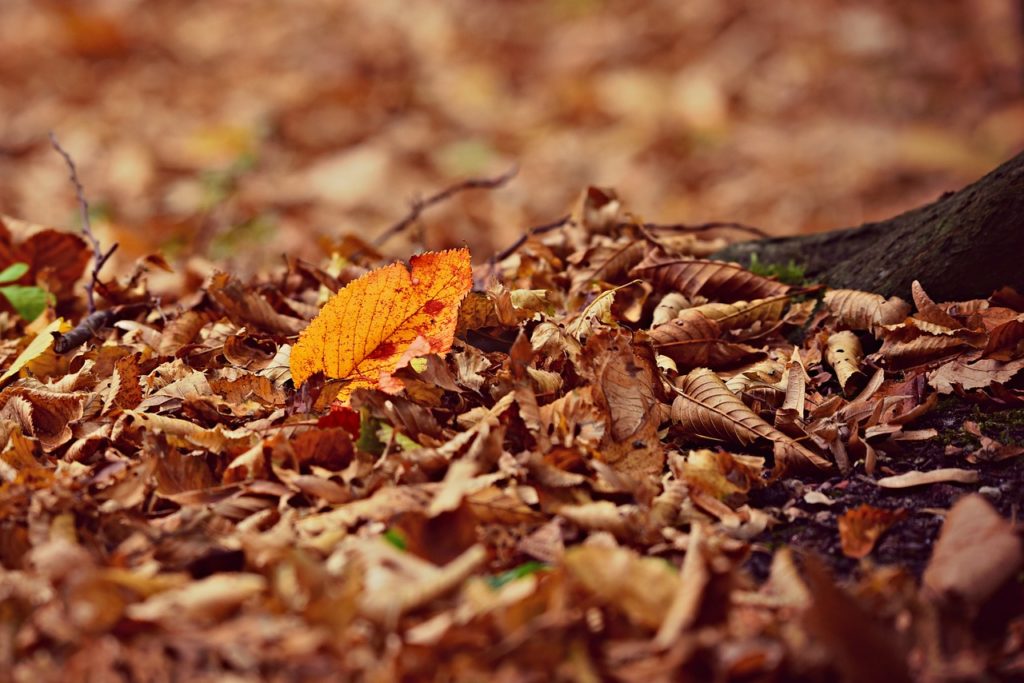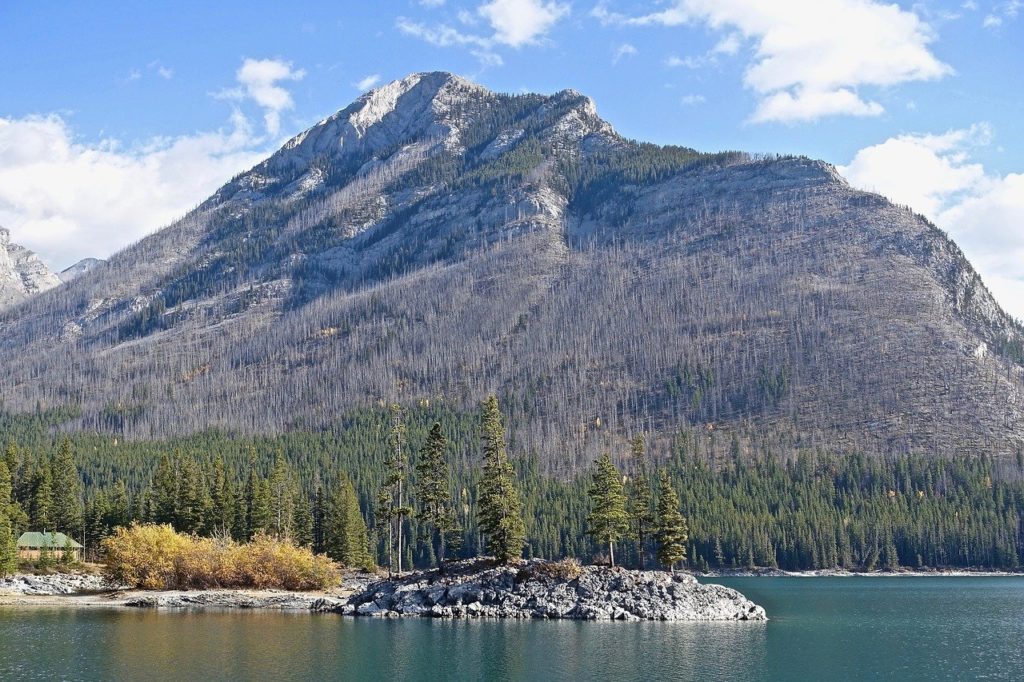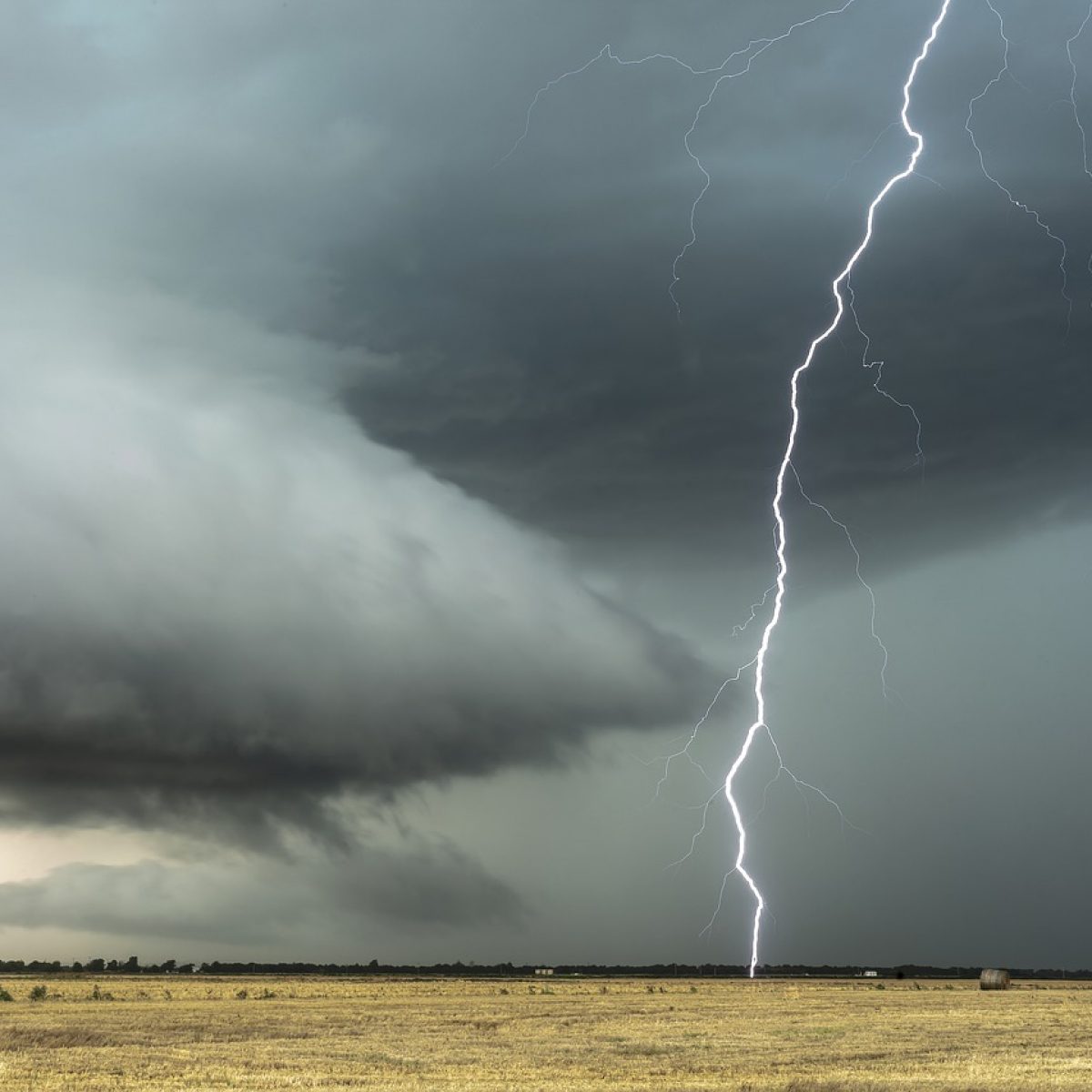Bushfires are very unpredictable which is part of the reason they are so dangerous. However, there are certain factors that we know influence a bushfire’s behaviour such as wind, humidity, vegetation and angle/slope. It’s also important to understand how bushfires can create their own thunderstorms and lightning strikes which lead to new fronts.
Wind
Gusts of wind make it much easier for a blaze to pick up speed while also spreading the embers over a greater distance creating spot fires which can turn into infernos as large or larger than the original blaze. Wind also provides the oxygen with more oxygen which leads to a more intense front while also dictating the direction it heads in. Changes in wind direction are incredibly dangerous and the reason most people get killed during an escape.

Humidity
Dry conditions favour the fire. As the environment dries out it becomes fuel for these blazes. This is one of the reasons that make Australia’s summer climate so dangerous as our bush and grasslands become incredibly dry. The drier the vegetation is then the faster it burns. This is particularly dangerous during an ember attack during strong winds as spot fires that will become new fronts begin.


Vegetation
Fires need kindling to start and the size of the vegetation that it’s burning through makes a huge difference. Dried out small sticks and leaves for example make it much easier for spot fires to begin.


Angle/Slope
Fire struggles to descend but can accelerate rapidly uphill. For every degree of slope, a fire can double its speed. While travelling uphill radiant heat becomes a dangerous factor as it preheats vegetation ahead of the fire making it more flammable when the flames arrive.


Bushfire Thunderstorms
- Lightning is one of the most common causes of bushfires starting. The challenge is that bushfires can actually manufacture this event under their own power
- First a ‘plume’ of hot turbulent air & smoke rises
- This turbulent air mixes cooler air into the plume which broadens it and cools further as it rises
- When it grows high enough the low atmospheric pressure causes clouds to form which can turn into a thunderstorm
- Rain in the cloud is mixed with the dry air which causes it to evaporate and which then produces a downburst which is often accompanied by lighting which starts more fires.
- This ‘plume’ can cover huge areas so these fires can start far away from the original blaze making life incredibly challenging for firefighters.


